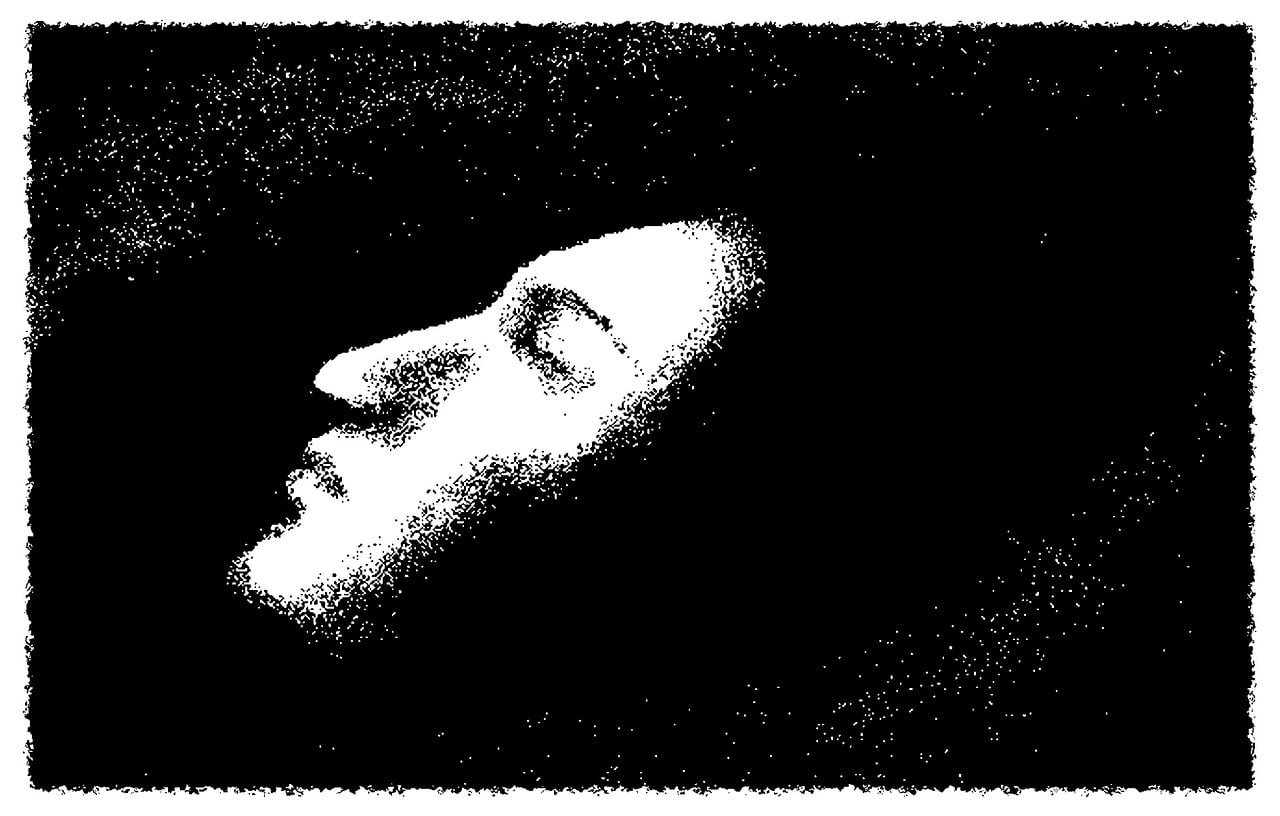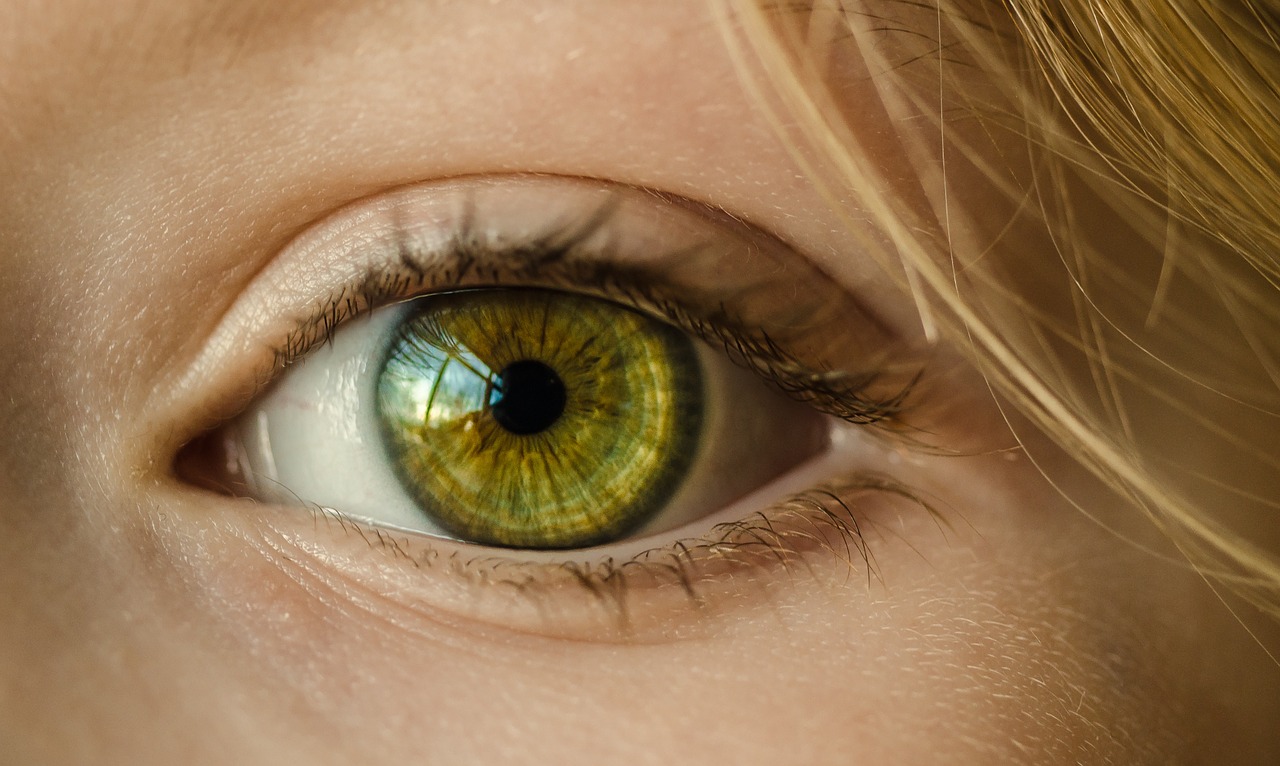Now for the very good news. Since we now understand that PD is principally a problem with the Nervous System, it is entirely possible that we can pro-actively prevent further degeneration, and even regain what we've already lost, because Vagal Tone can always be improved, neurons regenerated, neural pathways re-written, and senses retrained
Read MoreSleep and Parkinson's Disease, Part 2
At that time, I had not quite perfected my routine or sleep quality. I am now doing quite well with it, and my sleep is much better than it has probably ever been. So in this second part, I will just do a show and tell about the things I ended up implementing that actually worked for me, in case this is helpful for anyone else to follow.
Read MoreConstipation and Parkinson's Disease
I will cover below how I managed to resolve this for myself, and then we will look at the potential mechanisms of why constipation and PD symptoms are linked, I will first explain my self-observations which lead me to this conclusion.
Read MoreVisual Cues and Parkinson's Disease
I learned about the connection between the eyes/vision and movement of the body in an online course run by my friend and "Wisdom Coach" Cheryl Townsley, where a tutorial showed how, looking up or down with the eyes (not via movement of the head) creates an immediate increase in the range of specific arm/shoulder motions. I could quickly check this was indeed true for myself. Indeed, the connection between eye and body movement is so important that professional athletes are being trained in these types of techniques, and are given specific eye exercises to improve sports performance!
Read MoreCell Danger Response and Parkinson's Disease
The Cell Danger Response (CDR) provides an explanation and framework of understanding for chronic illnesses, including Idiopathic Parkinson’s Disease. According to this framework, the CDR occurs when a cell in the body detects a threat to its existence or that it is in some sort of mortal danger. When a cell thus loses its sense of safety, it moves via the CDR from contributing to the health and vitality of the body towards an “on guard” state of self-perseveration, and then alerts other cells to the danger by releasing chemicals, which can, in turn, set off their CDR, potentially leading to domino or cascade effect. If the threat is maintained long enough, eventually the CDR results in the cell going into a shut-down or hibernatory state, to wait it out until the danger has passed. When enough cells in the body get stuck in a Cell Danger Response, some from of chronic illness ensues.
Read MoreBreathing Disorders and Parkinson's Disease
Some of the common “symptoms” of Parkinson’s Disease could be reframed as behavioural patterns contributing to overall symptomology, but which can be ameliorated through appropriate retraining to help with progressive symptom reduction. Examples of such retrainable “habits” include issues with posture, mindset and breathing. These patterns tend to impact each other, for example habitual mouth breathing can result in the forward head position common in PD. People with PD will often see in hindsight that, once identified, these problematic habits were apparent years before diagnosis. In this article, we specifically consider how unhealthy, but fixable, breathing patterns could be an exacerbating factor in PD. We will cover how poor breathing interacts with, and may even be causal of, many other symptoms, and explore what we can do to improve our quality of life by taking action to retrain our breath.
Read MorePulsed Electromagnetic Field Therapy for Parkinson's Disease
In this article, we explore a technology which has proven helpful for people with PD, and may work by helping to modulate or quieten these abnormal brainwave patterns.
Read MoreProgressive Reduction in Symptoms of Parkinson's Disease
The purpose of this article is to review the outcomes from employing the pragmatic solutions, covered on this website, for working towards progressive symptom reduction of Parkinson's Disease. In particular, I discuss the outcomes of the persistent practical applications on myself, and demonstrate the improvement through the records of my Video Diary.
Read MoreMirroring and Rehearsal Therapies for Parkinson's Disease
Movement in humans is a learned behaviour. We learn to move mainly by watching other people go through the motions: we are not born with any innate ability to move around independently. As babies and toddlers, we spend years watching and mimicking our parents, programming our brains with the data they provide. Our brain knows all about walking before we even attempt to walk ourselves, through unconscious observation. Later, we start to get the hang of it through intensive practice, and especially by falling down and making mistakes. Encouragement and supportive instruction from adults help us to keep practising until we have, at last, developed the ability to move independently. But imagine, if as we started to trying to walk, when we fell over on the second attempt, our parents said "oh dear, walking is not for you"! Unfortunately, this is precisely the message people with PD tend to be given.
Read MoreSelf-Doubt, Guilt, Inner Voices and Parkinson's Disease
While most people will be familiar with the external, physically manifest symptoms of PD, very few have a good grasp of these internal, hidden states, and so don't realize that people with Parkinson's (PwP) are also frozen, rigid and trembling on the inside too. Having engaged with very many PwP around the world, I've learned that there are common personality types, and we tend to have shared, overarching themes of internal emotional states. In particular, I've found that many of us can be described as high achievers, but are wracked with self-doubt and guilt on the inside. This finding appears to especially true in the cohort of PwP who eventually end up with a rigidity dominant form of Early Onset Parkinson's Disease.
Read MoreHelicobacter Pylori Bacteria in the Gut and Parkinson's Disease
As many forms of PD begin in the gut, and only later migrate to brain, the initiating and causal gut problems will still remain too after the brain damage has occured. We will certainly need to address these digestive tract issues, therefore, if we are ever to fully heal. In my view, even if we could correct the resulting brain problems tomorrow, if we do not also attend to the original causes which reside in gut then we will not be "fixed" for very long.
Read MoreClothing and The Freeze Phenomena in Parkinson's Disease
For People with Parkinson's, there is something very strange about the feedback between our brains/bodies and our immediate environment. The choice of clothes, in particular, can affect symptoms. In this article, I cover why consideration to clothing is an important part of living well with Parkinson's.
Read MoreSmovey Rings and Applications For Parkinson's Disease
"Smovey Rings" are a general health and wellness tool that combine exercise and vibration, which have particular beneficial applications for Parkinson's Disease. Indeed, these hand held "rings" were invented by Johann Salzwimmer, an Austrian Tennis player and a person with Parkinson’s, who actually initially designed them specifically to help himself. So it is not hard to understand why these are proving beneficial now with many other people who also have neurological conditions.
Read MorePlaying Card Therapies for Parkinson's Disease
I find I can shuffle, deal, turn, tidy up, halve and gather the pack of cards. It can be quite stiff and difficult but this seems to be one of those things, like playing with my basketball, which allows me to almost always access some movement, this time for my fingers. Indeed, I find this is giving me more and more knowledge of my hands again. You can see me performing this type of exercise at the end of the video below.
Read MoreMovement Recovery with Yo-Yo Stress Balls
Deb had the unique insight that a kind of stress ball (a squeezy, bouncy ball which fit the human hand well) which comes with an attached elastic string and a velcro finger or wrist strap would be hugely beneficial. She based this on our discoveries of how some hand-eye co-ordination movements are relatively easy for people with Parkinsonsim's. She was right!
Read More











